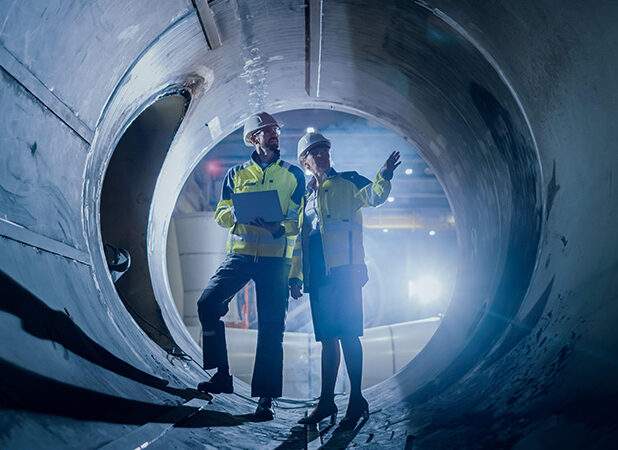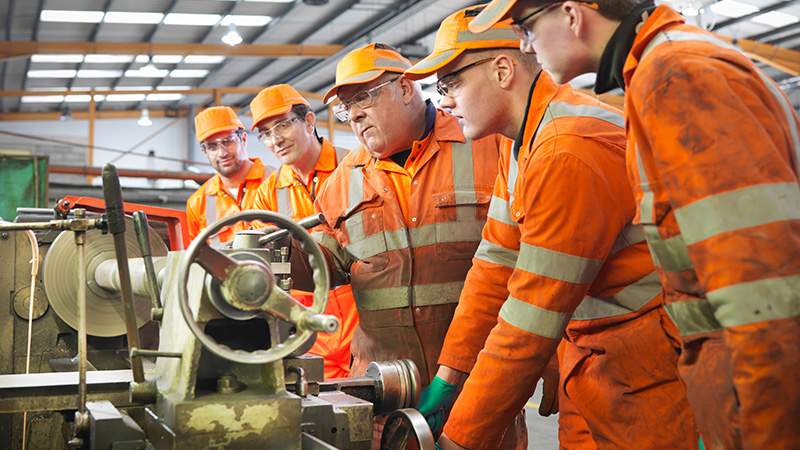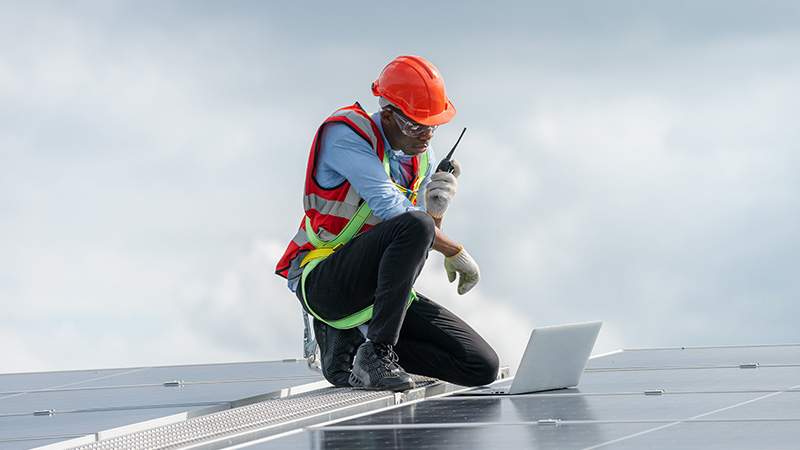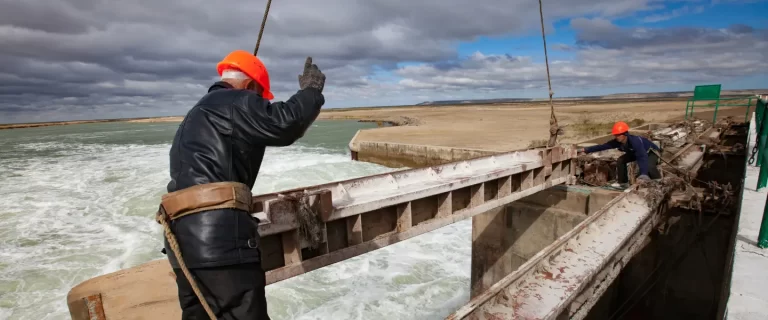What is a Power Substation?
Power substations are an essential component of the electrical power grid. They play a crucial role in ensuring that electricity is distributed safely and efficiently to homes, businesses, and industries. A power substation typically consists of several pieces of equipment, including transformers, circuit breakers, switches, and other devices that help to control and protect the flow of electricity.
What do Power Substations do?
One of the primary functions of a power substation is to transform high-voltage electricity from the transmission grid into lower-voltage electricity that can be distributed to customers. This process is necessary because the voltage of electricity that is transmitted over long distances is too high for use in most homes and businesses. Transformers are used to reduce the voltage of the electricity to a level that is appropriate for distribution.
In addition to transforming the voltage of electricity, power substations also help to regulate the frequency of the electricity. The frequency of the electricity is the number of times per second that the electrical current changes direction. In most countries, the standard frequency for electrical power is 50 or 60 Hz. Power substations help to ensure that the frequency of the electricity remains stable and within the acceptable range.
Power substations also play an important role in maintaining the reliability of the electrical grid. Circuit breakers, switches, and other devices are used to protect the system from overloads, short circuits, and other types of faults that can disrupt the flow of electricity. These devices can quickly detect and isolate faulty equipment, helping to prevent widespread power outages.
Power substations can vary in size and complexity depending on the needs of the local power grid. Some substations are relatively small and serve a single neighborhood or industrial complex, while others are much larger and can serve entire cities or regions. Regardless of their size, all power substations are designed to ensure that electricity is distributed safely, reliably, and efficiently to customers.

This diagram shows the traject of energy from generation to homes.
Conclusion
In conclusion, power substations are an essential part of the electrical power grid. They play a critical role in transforming and distributing electricity to homes, businesses, and industries. They also help to regulate the voltage and frequency of the electricity and protect the system from faults and disruptions. Power substations are critical infrastructure that enables modern society to function and thrive.
Frequently asked questions
What equipment is found in a power substation?
A power substation typically consists of several pieces of equipment, including transformers, circuit breakers, switches, and other devices that help to control and protect the flow of electricity
Why is it necessary to transform high-voltage electricity into lower-voltage electricity in a power substation?
The voltage of electricity that is transmitted over long distances is too high for use in most homes and businesses. Transformers are used to reduce the voltage of the electricity to a level that is appropriate for distribution.
What is the role of power substations in maintaining the reliability of the electrical grid?
Power substations play an important role in maintaining the reliability of the electrical grid by protecting the system from overloads, short circuits, and other types of faults that can disrupt the flow of electricity. Circuit breakers, switches, and other devices can quickly detect and isolate faulty equipment, helping to prevent widespread power outages.






